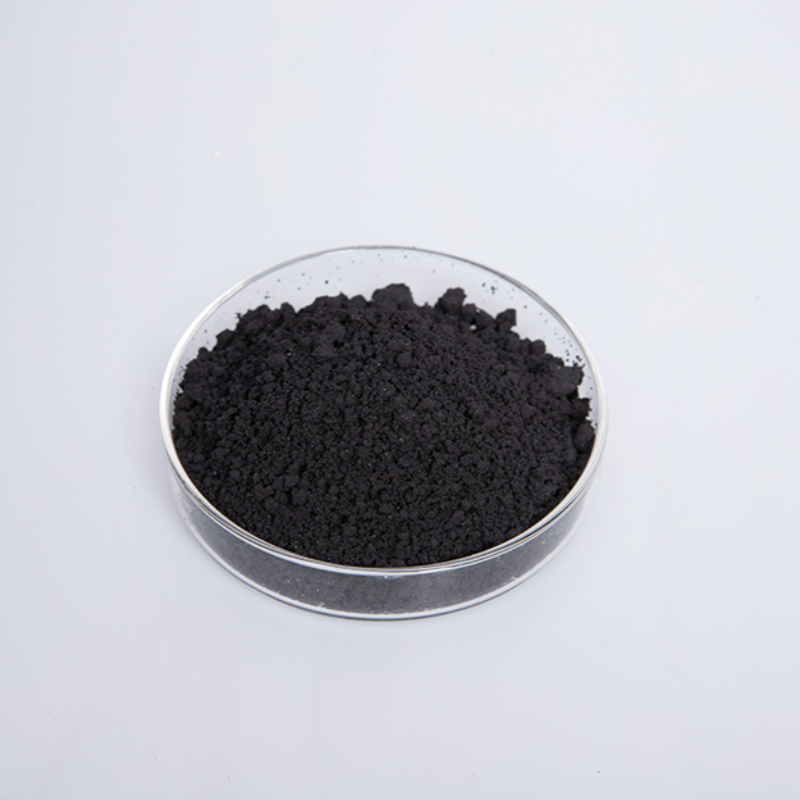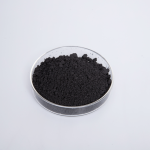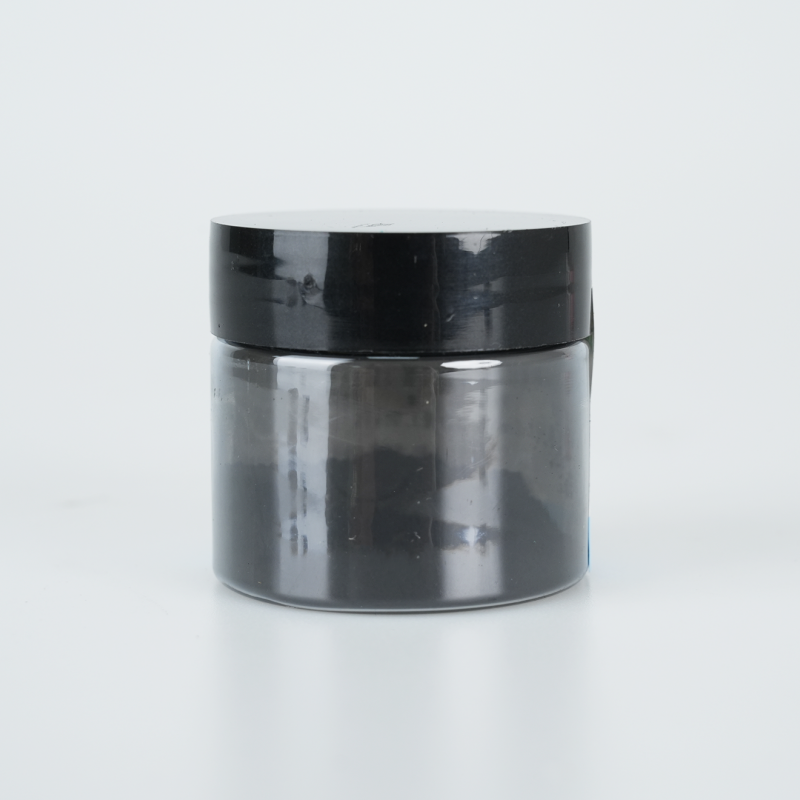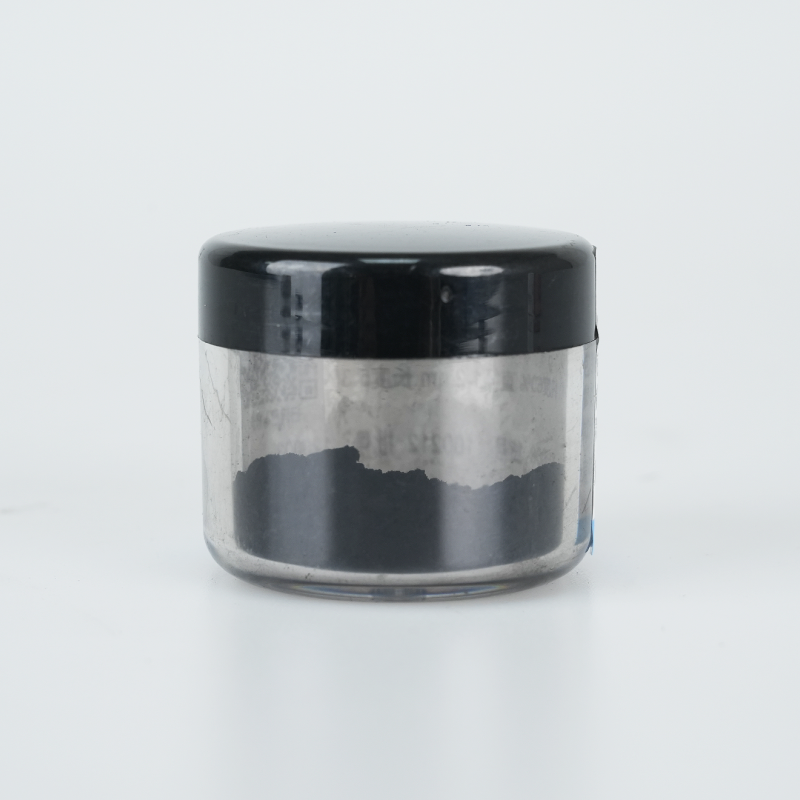Small particle size nanometer-scale thin layer graphene nanoplates offer exceptional electrical conductivity, superior mechanical strength, and optimized thermal stability. Designed for advanced applications, they ensure efficient dispersion, extended durability, and high-performance adaptability.
Product Overview
Small Particle Size Nanometer-Scale Thin Layer Graphene Nanoplates are fabricated using liquid-phase exfoliation, maintaining a complete structure with minimal defects. As a two-dimensional carbon material, graphene exhibits outstanding electrical, thermal, and mechanical properties, making it highly suitable for a range of advanced applications.
Product Features
- Excellent Electrical Conductivity: The free movement of electrons on graphene's π-bonds results in a low electrical resistance, providing exceptional conductivity.
- High Strength and Toughness: As one of the strongest materials known, graphene offers excellent toughness alongside its strength.
- Superior Thermal Conductivity: Single-layer graphene, with minimal defects, is one of the highest thermal conductivity carbon materials available.
- Chemical Stability: The material shows remarkable structural stability, with highly flexible carbon-carbon bonds, ensuring good stability at room temperature.
Applications
- Electronics: Can replace silicon in applications such as transistors, integrated circuits, flexible screens, wearable devices, and solar charging systems.
- Thermal Management: Used in heat dissipation applications such as LED lighting, smartphones, tablets, and other devices to enhance heat dissipation and reduce system costs.
- Automotive Sector: Applied in automotive lubricants, electric vehicle batteries, and tires to optimize battery performance and extend battery life.
- Biomedical: Utilized in biosensors, drug delivery platforms, tissue engineering, and more.
- Military and Aerospace: Supports space and military applications, providing strong performance in demanding environments.
- Energy: Used in lithium-ion batteries, supercapacitors, and solar cells, boosting energy density and conversion efficiency.
- Composite Materials: Enhances the strength and performance of polymers and composite materials.
- Sensors: Employed in detecting glucose, cholesterol, cancer cells, and pollutants via pH sensors.
- Coatings: Improves corrosion resistance and waterproofing on surfaces like glass and metal.
- Conductive Printing and Packaging: Applied in printed electronics, offering high conductivity, flexibility, and low-temperature curing properties.
| Technical Parameters | Values |
| Carbon Content | 99 at% (EDS) |
| Particle Size | 1-5 μm (HRTEM) |
| Thickness | 2-3 nm (AFM) |
| Conductivity | 450-650 S/cm |
| Moisture Content | <2 wt% |
| Ash Content | <1% |
| D50 Particle Size | ~9 μm |
| Tapped Density | 0.03-0.06 g/cm³ |
| Loose Bulk Density | 0.02-0.05 g/cm³ |
| Appearance | Black-gray powder |
| Remarks | The above are single measurement data; variations in test results may occur between batches. |
 new material
new material








